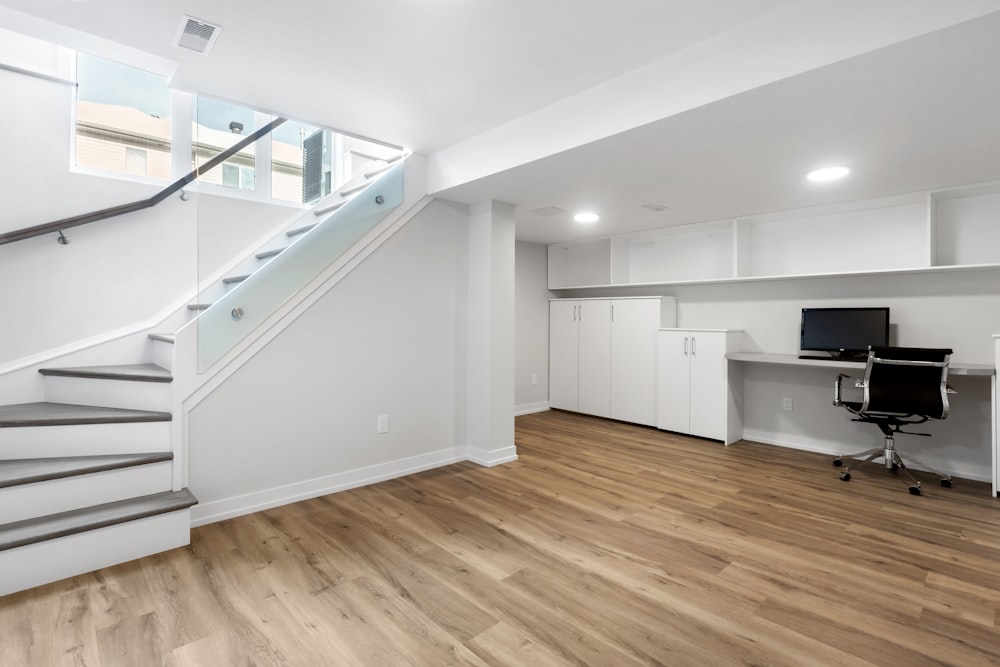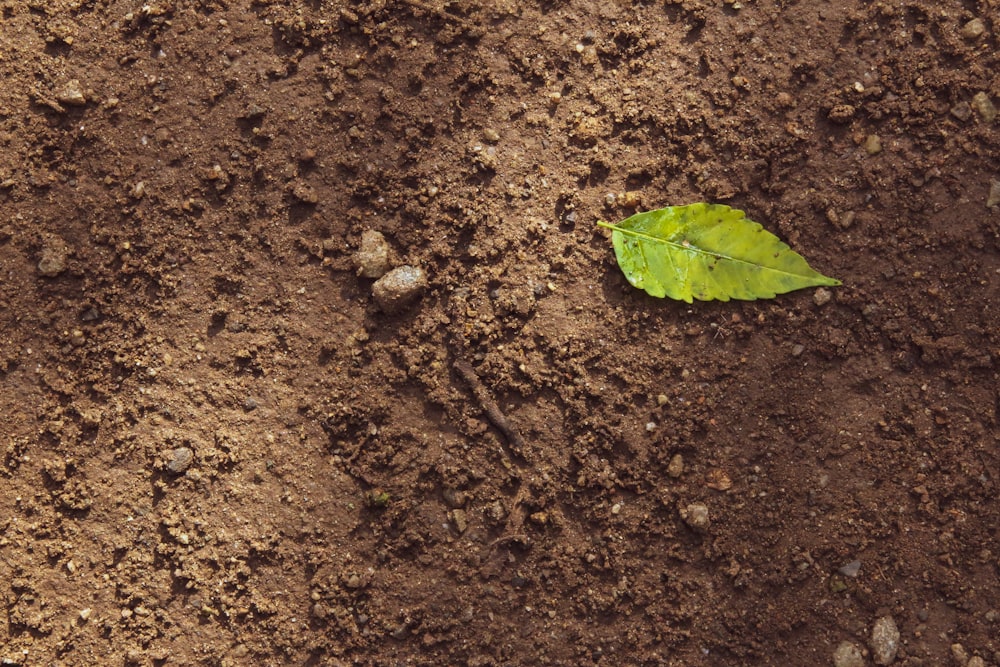Have you ever found yourself wondering, "Can you build a basement under an existing house in the UK?” Well, you're not alone! The idea of adding extra space without expanding your home's footprint is quite appealing, and a basement can offer just that. But before you get carried away with dreams of a subterranean home cinema or a swanky gym, let’s explore what you need to consider before committing to a project of this scale.
The Big Question: Is It Feasible?
First things first, can you build a basement under an existing house in the UK? The short answer is yes, but it's not as straightforward as it might seem. The process involves a lot more than just digging out a hole under your house. Factors like the type of soil, the foundation of your existing house and local building regulations all play crucial roles in determining feasibility.
Let’s explore these three important factors to see what each step of the process involves.
Type of Soil
Soil type is a crucial factor in determining whether you can build a basement under your existing home. This is because different soils have varying abilities to bear structural loads, and some may require additional reinforcement or special construction techniques.
For instance, clay soils, common in some parts of the UK, can expand and contract depending on moisture levels, potentially affecting the stability of a new basement. Sandy or gravelly soils, on the other hand, offer better drainage but might need more substantial shoring up during construction to prevent collapse.
The best way to determine the type of soil under your property and whether it's suitable for building a basement is by contracting a professional to conduct a geotechnical survey of your property. This survey will also provide you with valuable insights into the best construction methods and materials for your excavation to ensure a safe and stable foundation.
Foundation of Your Existing House
The foundation of your existing house is another critical consideration. Houses with deep foundations, such as piled foundations, might accommodate basement construction more readily than those with shallow foundations. Additionally, older properties might have foundations that aren't strong enough to support the additional weight of a basement. As a result, they would require extensive reinforcement or underpinning to extend the foundation in depth or breadth so that it rests on more supportive soil. This step is crucial for ensuring the structural integrity of your house during and after basement construction.
The best option here is to ask a structural engineer to assess your home's foundation and advise you on potential modifications as well as any associated risks and costs.
Local Building Regulations
Local building regulations also play a pivotal role in determining whether you can build a basement under an existing house. These regulations are in place to ensure safety, environmental protection and compliance with urban planning policies.
In the UK, regulations dictate aspects like the depth of the basement, methods of construction and requirements for ventilation, damp proofing and fire safety. Moreover, if your property is listed or located in a conservation area, there may be additional restrictions or requirements. Make sure you consult with your local planning authority early on in the process to understand the specific regulations and restrictions.
In addition, keep in mind that you might also need planning permission, especially if construction involves significant changes to the structure or appearance of your house. Navigating these regulations can be complex, and professional advice from an architect or planner is essential.
Understanding the Process
By this point you should have an answer to the question “Can you build a basement under an existing house?”, or at least understand what you need to consider before determining if your dream project is feasible.
Now let’s take a look at what the process of building a basement under your home typically involves so that you can make an informed decision moving forward.
Initial Assessment and Design
The first step is a thorough assessment of your existing property. This includes evaluating the house's structural integrity, understanding the soil type and considering the impact on neighbouring properties. Once you have assessed these factors, you will need to develop a detailed design plan for your project. This plan outlines the basement's dimensions, entry points and internal layout. It also includes strategies to address potential challenges like water ingress and natural light provision.
Securing Permissions
Before any work begins, you will need to secure planning permission from your local authority. This will usually involve submitting detailed plans and reports that demonstrate compliance with building regulations and standards. However, the process can vary depending on the complexity of the project and local policies.
Underpinning and Excavation
Underpinning, a method of strengthening and stabilising the existing foundations, is often the first physical step. This is a delicate process that needs to be meticulously planned and executed to ensure the safety of the structure above.
Once the foundations have been underpinned, your team will be ready to start the excavation process. This involves digging out the soil beneath the house to create the basement space. It's a delicate process that requires constant monitoring to ensure the stability of the house and surrounding area.
Construction and Waterproofing
After excavation, your builder will start constructing the basement walls, floor and necessary supports. Waterproofing is a critical aspect at this stage, given the underground nature of the basement. Your construction team will need to install drainage systems to prevent water ingress, ensuring the basement remains dry and habitable.
Interior Finishing and External Considerations
Once the structure is complete, your team of professionals will move on to the interior finishes. This includes insulation, electrical work, plumbing and any other installations. Additionally, external considerations such as access points, emergency exits and impact on the existing garden or landscape are addressed at this stage.
Final Inspections and Approvals
The final step involves inspections by relevant authorities to ensure the work meets all safety and building standards. Once approved, the basement is ready for use, and you can begin adding your own finishing touches. Then all that remains is enjoying your new subterranean space!
Finding the Right Professionals
The success of building a basement under an existing house largely hinges on the expertise of the professionals you hire. It's a complex project that requires specialised knowledge in structural engineering, excavation, waterproofing and construction. Choosing experienced and reputable professionals ensures that the project complies with local building codes, is structurally sound and meets quality standards.
In addition, architects and builders with specific experience in basement construction can offer valuable insights into design and material choices, foresee potential challenges and propose proactive solutions. Their expertise not only minimises the risk of something going wrong but also ensures the longevity of your new underground space, safeguarding your investment for decades to come.
Contact JM Construction to find out how we can help you make your basement dreams a reality!
Tags:
added valueFebruary 6, 2024









Comments